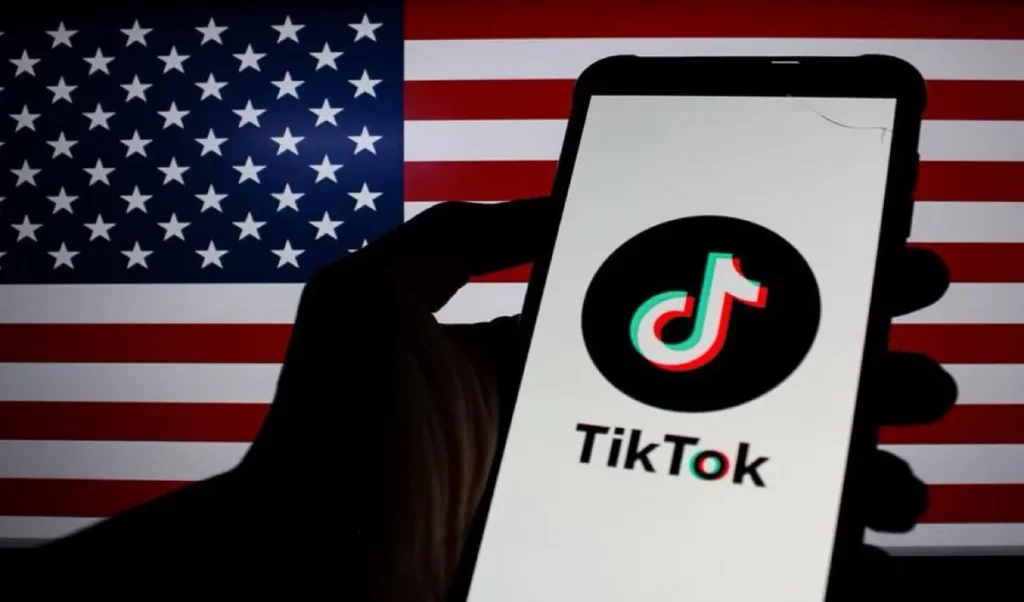As TikTok faces mounting political and legal pressure in the United States, the company is preparing to launch a new version of the app, dubbed “M2,” in a strategic bid to comply with federal law. With deadlines approaching and international negotiations underway, here’s what users and businesses need to know.
What Is TikTok’s M2 App?
The TikTok M2 app is an internally developed U.S.-specific version of the popular short-form video platform. Expected to hit app stores by September 5, 2025, M2 is being designed to replace the current TikTok application for American users. The move comes amid continued efforts to divest TikTok’s U.S. operations from Chinese parent company ByteDance, as mandated by a bipartisan law passed in 2024 over national security concerns.
ByteDance will retain a minority stake in the restructured U.S. entity, pending approval from both American and Chinese regulators. According to officials, users will need to migrate to M2 before March 2026, at which point the original app is expected to stop functioning.
Why Is This Happening?
The U.S. government has raised alarms over the potential for Chinese government access to American user data via TikTok. This led to the Protecting Americans from Foreign Adversary Controlled Applications Act, which requires ByteDance to sell TikTok’s U.S. operations or face a nationwide ban.
President Donald Trump, who returned to office in January 2025, has extended the enforcement deadline multiple times. The current extension expires on September 17, allowing time for negotiations. Trump recently stated that a deal involving a group of U.S.-based wealthy investors is nearly finalized.
What Change Will Users Experience?
The switch to the M2 app will require 170 million U.S.-based users and millions of small businesses to download the new version. While this type of app migration is rare, sources suggest it may help address data privacy concerns by creating a platform technically and legally distinct from its Chinese counterpart.
Although the timeline is tight, TikTok has reassured users that the transition will be smooth. The existing TikTok app will remain operational for several months, giving users time to migrate before the full phase-out in 2026.
The Bigger Political and Legal Landscape
The TikTok situation is unfolding against the backdrop of rising U.S.–China trade tensions, ongoing tariff disputes, and judicial challenges regarding executive authority. Though the Supreme Court upheld the 2024 law mandating divestment, President Trump has delayed enforcement through executive action, drawing criticism from both legal scholars and lawmakers.
The Chinese government’s approval is also a critical factor. Previous deals fell apart when China declined to approve TikTok’s algorithm being sold or licensed abroad, raising the possibility that M2 may lack some features of the global version.
For U.S. Businesses and Creators
The launch of a new American TikTok app has significant implications for digital marketers, content creators, and e-commerce sellers who rely on the platform’s wide reach. TikTok has promised continued support and incentives for its creator economy in the U.S., but uncertainty around data ownership, algorithms, and advertising infrastructure remains.
Still, some analysts believe the move to separate American TikTok infrastructure via M2 could make the platform more resilient long-term by aligning with U.S. data laws and reducing political scrutiny.
While the introduction of the M2 app is intended to sidestep a TikTok ban, it opens a new chapter in the global battle over tech sovereignty and data privacy. For now, TikTok continues to operate in the U.S., but the countdown to a definitive resolution is ticking.


